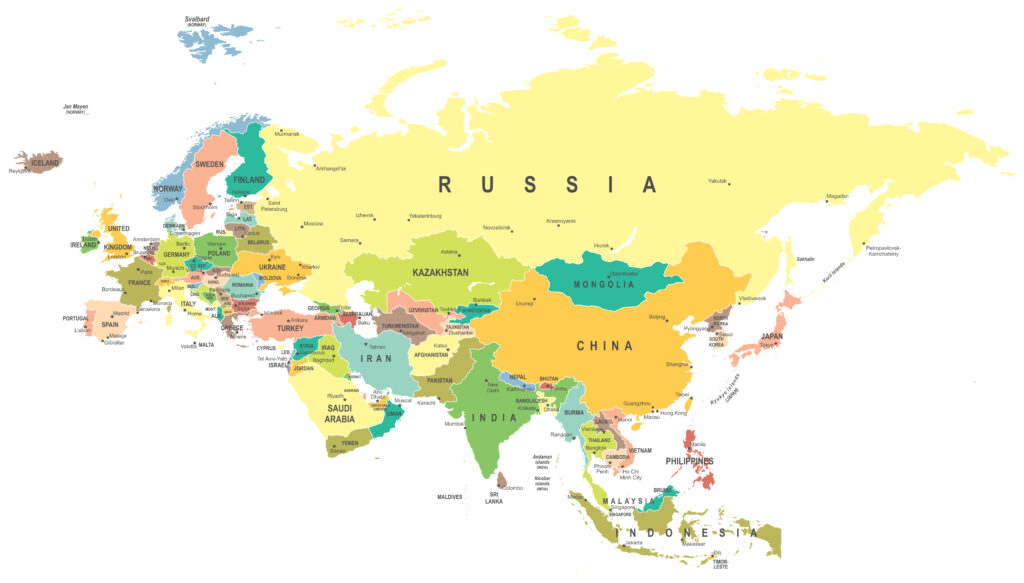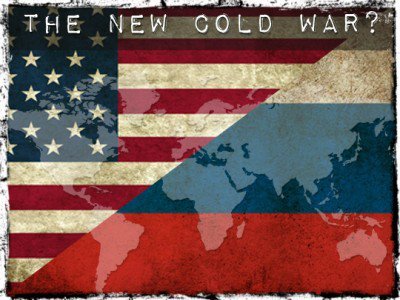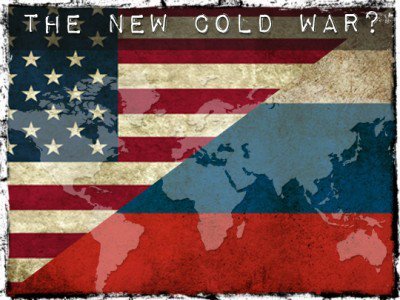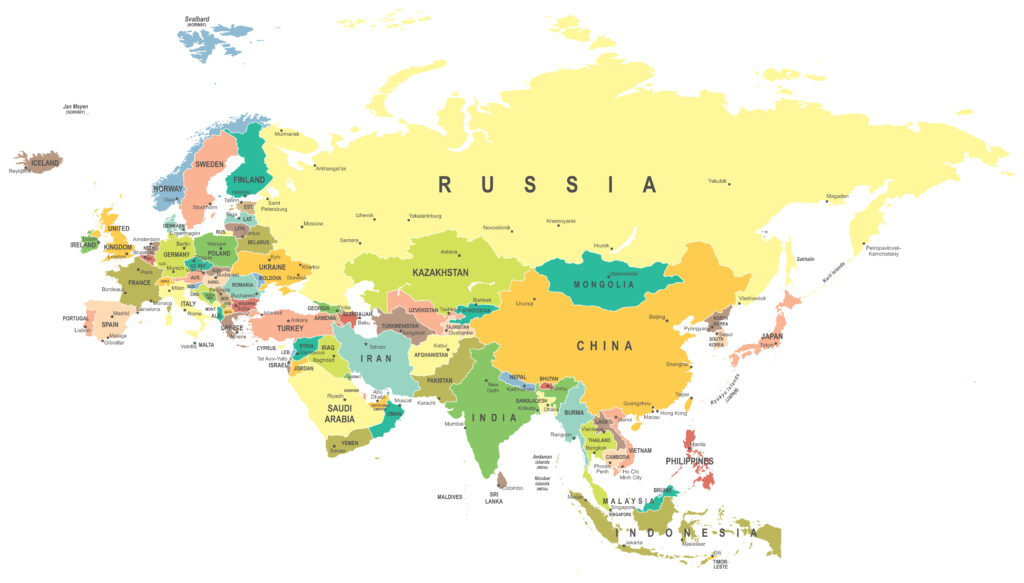
Russian Ministry of Foreign Affairs, 12/17/21, Unofficial English Translation
DRAFT
The Russian Federation and the member States of the North Atlantic Treaty Organization (NATO), hereinafter referred to as the Parties,
reaffirming their aspiration to improve relations and deepen mutual understanding,
acknowledging that an effective response to contemporary challenges and threats to security in our interdependent world requires joint efforts of all the Parties,
determined to prevent dangerous military activity and therefore reduce the possibility of incidents between their armed forces,
noting that the security interests of each Party require better multilateral cooperation, more political and military stability, predictability, and transparency,
reaffirming their commitment to the purposes and principles of the Charter of the United Nations, the 1975 Helsinki Final Act of the Conference on Security and Co-operation in Europe, the 1997 Founding Act on Mutual Relations,
Cooperation and Security between the Russian Federation and the North Atlantic Treaty Organization, the 1994 Code of Conduct on Politico-Military Aspects of Security, the 1999 Charter for European Security, and the Rome Declaration “Russia-NATO Relations: a New Quality” signed by the Heads of State and Government of the Russian Federation and NATO member States in 2002,
have agreed as follows:
Article 1
The Parties shall guide in their relations by the principles of cooperation, equal and indivisible security. They shall not strengthen their security individually, within international organizations, military alliances or coalitions at the expense of the security of other Parties.
The Parties shall settle all international disputes in their mutual relations by peaceful means and refrain from the use or threat of force in any manner inconsistent with the purposes of the United Nations.
The Parties shall not create conditions or situations that pose or could be perceived as a threat to the national security of other Parties.
The Parties shall exercise restraint in military planning and conducting exercises to reduce risks of eventual dangerous situations in accordance with their obligations under international law, including those set out in intergovernmental agreements on the prevention of incidents at sea outside territorial waters and in the airspace above, as well as in intergovernmental agreements on the prevention of dangerous military activities.
Article 2
In order to address issues and settle problems, the Parties shall use the mechanisms of urgent bilateral or multilateral consultations, including the NATO-Russia Council.
The Parties shall regularly and voluntarily exchange assessments of contemporary threats and security challenges, inform each other about military exercises and maneuvers, and main provisions of their military doctrines. All existing mechanisms and tools for confidence-building measures shall be used in order to ensure transparency and predictability of military activities.
Telephone hotlines shall be established to maintain emergency contacts between the Parties.
Article 3
The Parties reaffirm that they do not consider each other as adversaries.
The Parties shall maintain dialogue and interaction on improving mechanisms to prevent incidents on and over the high seas (primarily in the Baltics and the Black Sea region).
Article 4
The Russian Federation and all the Parties that were member States of the North Atlantic Treaty Organization as of 27 May 1997, respectively, shall not deploy military forces and weaponry on the territory of any of the other States in Europe in addition to the forces stationed on that territory as of 27 May 1997. With the consent of all the Parties such deployments can take place in exceptional cases to eliminate a threat to security of one or more Parties.
Article 5
The Parties shall not deploy land-based intermediate- and short-range missiles in areas allowing them to reach the territory of the other Parties.
Article 6
All member States of the North Atlantic Treaty Organization commit themselves to refrain from any further enlargement of NATO, including the accession of Ukraine as well as other States.
Article 7
The Parties that are member States of the North Atlantic Treaty Organization shall not conduct any military activity on the territory of Ukraine as well as other States in the Eastern Europe, in the South Caucasus and in Central Asia.
In order to exclude incidents the Russian Federation and the Parties that are member States of the North Atlantic Treaty Organization shall not conduct military exercises or other military activities above the brigade level in a zone of agreed width and configuration on each side of the border line of the Russian Federation and the states in a military alliance with it, as well as Parties that are member States of the North Atlantic Treaty Organization.
Article 8
This Agreement shall not affect and shall not be interpreted as affecting the primary responsibility of the Security Council of the United Nations for maintaining international peace and security, nor the rights and obligations of the Parties under the Charter of the United Nations.
Article 9
This Agreement shall enter into force from the date of deposit of the instruments of ratification, expressing consent to be bound by it, with the Depositary by more than a half of the signatory States. With respect to a State that deposited its instrument of ratification at a later date, this Agreement shall enter into force from the date of its deposit.
Each Party to this Agreement may withdraw from it by giving appropriate notice to the Depositary. This Agreement shall terminate for such Party [30] days after receipt of such notice by the Depositary.
This Agreement has been drawn up in Russian, English and French, all texts being equally authentic, and shall be deposited in the archive of the Depositary, which is the Government of …


